Designing Interiors with a Full Palette of Choices
DELINEATING INTERIOR SURFACES
The general trend in modern interior design includes minimalist lines and the intentional absence of traditional wood moldings for doors, windows, ceilings, and base conditions. Many interior designs, therefore, lean toward a simpler, more elegant wall solution with a clean, modern look to delineate wall surfaces or their junction with floors and ceilings. Others may be focused on a more traditional or three-dimensional appearance for wall corners, base, and ceiling conditions. Still others may select certain walls to feature, with added detailing and trim to create a total design appearance.
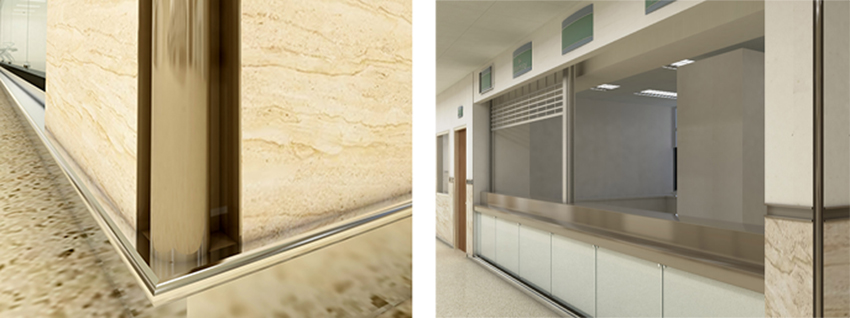
Photo courtesy of Tamlyn
The use of interior aluminum trim profiles helps delineate wall surfaces and provide a clean, refined, finished appearance.
Additionally, recent public health events have increased concerns for cleanliness, as building owners and managers seek to comply with health regulations and curtail the spread of disease. As a result, walls and other surfaces have been subjected to more frequent cleanings, often using more powerful cleaning agents. That is all good if the materials on those surfaces are durable enough and easily cleaned. This is true not only for the basic surface material, but also for the trim that is required along all the edges, too.
Considering these needs for greater design flexibility and cleanability, as well as the need for durability to protect edges and base conditions from damage, a trim material of choice is extruded aluminum. This approach is particularly relevant for designs that promote clean, contemporary lines on wall surfaces. Aluminum trim profiles have been used on building exteriors to hold and surround exterior cladding panels for quite some time. This same basic technique is available for use on interior surfaces as well in all types of buildings.
Extruded aluminum trim works well to frame and hold fast drywall panels, millwork, acoustic ceilings, and even composite panels. The durability of the extruded aluminum is good for the protection of the edges of all those materials and makes them easier to clean. Extruded aluminum products are readily available and are designed to be used with 5/8-inch-thick or ½-inch-thick drywall to provide continuous edge protection for drywall edges and corners. In some cases, the profile of the trim creates a recessed reveal, which offers an understated and elegant design while keeping corners and edges protected.
Most extruded shapes for architectural use are fabricated from 6063 aluminum alloy, with magnesium and silicon as the alloying elements. Type 6063-T5 aluminum, commonly referred to as the architectural alloy, has a very smooth surface and is the best alloy suited for anodizing applications. The T5 designation indicates it has been artificially aged and moderately heat treated. Aluminum extrusion is a highly versatile metal-forming process that has a wide array of physical characteristics. In all cases, extruded aluminum is a sustainable material, commonly with 75 percent to 100 percent post-industrial and post-consumer content. As such, extruded aluminum trim can contribute to LEED points for buildings seeking certification or green building status.
Russell A. Hruska, AIA, is a principal and cofounder of Intexure Architects in Houston. He sums up his experience with aluminum trim this way: "Using extruded aluminum trim between panel joints becomes an architectural element and is a way of expressing the joints and defining their deliberate placement. It adds a level of architectural refinement.”
MANUFACTURED STONE VENEER
A total approach to interior design goes beyond concepts of color and delineation to look at an equally important characteristic, namely the significance of texture in our spaces. Textures, much like color, can evoke certain feelings by adding visual depth to a space. This sense of depth has been said to add dimension and expand our mental engagement with the physical spaces we inhabit. In some cases, enhancing the textural elements in a space can help trigger sensations of warmth or comfort that help a person feel more at home. Such texture or tactile diversity incorporated into a design can also produce a refined, finished look. While sleek, shiny textures and geometric patterns tend to create an elegant, cosmopolitan atmosphere, organic shapes and nature-based textures often have the opposite effect, directing our senses back to the warm, comfortable familiarity of nature.
One way to introduce some natural, textural elements to a design is by incorporating a stone or brick accent wall to add the desired appeal and character to a space. While stone is so often associated with exterior applications, it is important to recognize that it is also used in a wide variety of quite suitable interior applications, such as fireplace surrounds, kitchen backsplashes, accent walls in bedrooms and bathrooms, and many other residential applications. In commercial spaces, stone and brick can also make for an alluring touch of texture in small offices, conference rooms, event spaces, lobbies, and other spaces where texture can enhance the overall design.

Photo courtesy of Cultured Stone
The use of manufactured stone veneer (MSV) in interiors provides texture and color to enhance the biophilic nature of a space with a durable and long-lasting product.
Natural stone is one of the world's oldest and most prolific building materials, but it can be heavy and costly to incorporate in a building interior. A more popular alternative is to use manufactured stone veneer (MSV) which includes premium stone and brick products in a versatile mix of shapes, sizes, textures, and colors. MSV is a lightweight building material that has been used successfully for over 60 years as a decorative wall covering for both exterior and interior surfaces. It is produced using a concrete mixture that’s poured into a mold and colored using mineral pigments. The variety of mixes and molds are what allow for the range of colors and textures that are available.
With a variety of profiles that range from traditional to contemporary in both format and color selection, incorporating MSV stone or brick provides a customizable way for architects and designers to embrace biophilic design. It can also be one of the most expressive aesthetic touches that becomes incorporated within a space. Because of its concrete makeup, it also provides long-term durability and resilience. Over time, the wide range of finishes and styles of MSV remain consistent in shape, color, and availability, proving to be a reliable and cost-effective product alternative. From a construction standpoint, MSV has porous and lightweight properties that make it easy to cut and handle, creating a streamlined and cost-efficient installation process compared to natural stone.
Sarah Lograsso, director of marketing and product design at Cultured Stone, has observed the industry trends. “Nearly 60 years ago, the world’s first manufactured stone veneer was produced, which made it possible to feature the authentic hues and textures of stone and brick in almost any environment. Today, manufacturers want to bring out that same innovative, imaginative spirit in others and encourage creators at every level to achieve their own unique vision when designing the spaces that mean the most to them.”
RESTROOM DESIGN
The best interiors have always been the ones where every part of the building works symbiotically with the others. That means that every design element is integrated with, and accentuates, the others in the building. For building occupants and users that interact with a building on a daily basis, the restroom is often the most used room in a building, and it can become a key feature for how the entire building is perceived. In fact, user surveys have indicated that one hundred percent of the opinion of a building can be affected by less than one percent of the cost of the building─the restrooms.
Recognizing the significant impact that restrooms can have on a building’s users’ experience, there are several key interior design principles to consider that apply to virtually all situations.
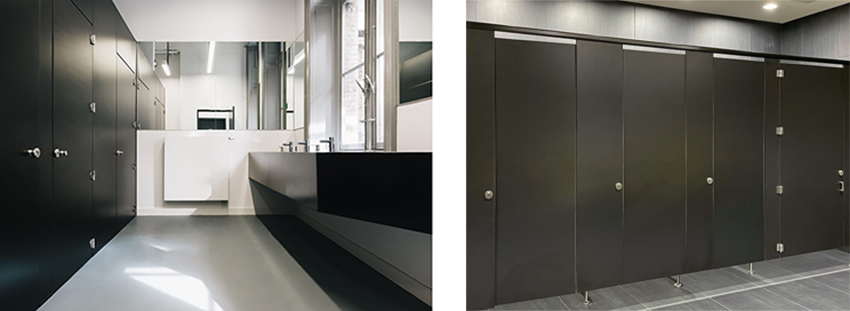
Photo courtesy of ASI Group
Attention to the design of restrooms is based on some fundamental principles that allow for a better overall interior experience.
- Privacy: Our built-in need for privacy becomes quite evident in public restrooms, most of which are designed for multiple users and simultaneous use. Today, more than ever before, our need to feel safe is paramount and this can cause public restrooms to bring out deep-rooted fears, which may manifest in a visceral response. While some people may be mildly bothered by the thought of using a public washroom, others are paralyzed by the prospect─to the point that they cannot use the washroom while it is occupied by others. Hence, privacy is not an optional attribute. Fortunately, privacy can be ensured with good design and proper installation of extra tall privacy partitions. However, uneven floors or changes in wall dimensions during construction can cause gaps between the doors and pilasters and can even cause locking mechanisms to become compromised if the stalls are installed askew. If there is concern of that happening, there are several options to consider. For example, one manufacturer makes metal partitions that have an integrated privacy system built in as their standard offering, so there is no retrofitting of privacy strips needed. Another a good option would be to specify European-style partitions that are defined by extra height on both doors and panels, adjustable pedestals to accommodate uneven floors, superior hardware, and routed edges at sightlines between doors and pilasters that eliminate visibility into the stalls.
- Safety: Mitigating the safety risks from hazards, such as wet floors, are a function of good design. One best practice is to create an optimal ratio between sinks and the number of drying stations, as well as their location, to reduce the chances of water from dripping hands ending up on the floor. There has been an ongoing debate as to the best choice for drying hands: paper towels or hand dryers. If you speak with a manufacturer that only makes hand dryers, they may never guide you to install a paper towel dispenser, even if that may be the better option in a particular use case. In speaking with a manufacturer of only paper consumables, you may get an opposite, but equally adulterated, opinion. While the debate may be worth having, choosing a manufacturer that offers both hand dryers and paper towel dispensers will ensure that you get unbiased guidance from your manufacturer’s representative. Similarly, a manufacturer that sells products that can dispense consumables from a variety of vendors helps ensure that building owners are not locked into a contract with only one provider of consumables. Dispensers that only use proprietary consumables could potentially expose facility managers to locked-in pricing rather than competitive pricing, not to mention potential supply chain issues.
- Accessibility: Ensuring accessibility for people with every type of physical ability is fundamental and dictated by building codes and ADA civil rights legislation. Therefore, it is important to work with manufacturers of restroom equipment and fixtures that fully address issues like circulation path, maneuverability, clear floor space, reach ranges, mirror mounting height, and even door swings, among others. If manufacturers of washroom accessories and partitions don’t have the experience to meet these unique needs, specifying products that adhere to the requirements can be a challenge. There are also ways to go beyond code minimums to address the needs of disabled persons. Certain manufacturers offer products like a gas strut supported shower seat that does not slam down in a nursing home, possibly startling someone who is fragile to begin with.
Notice
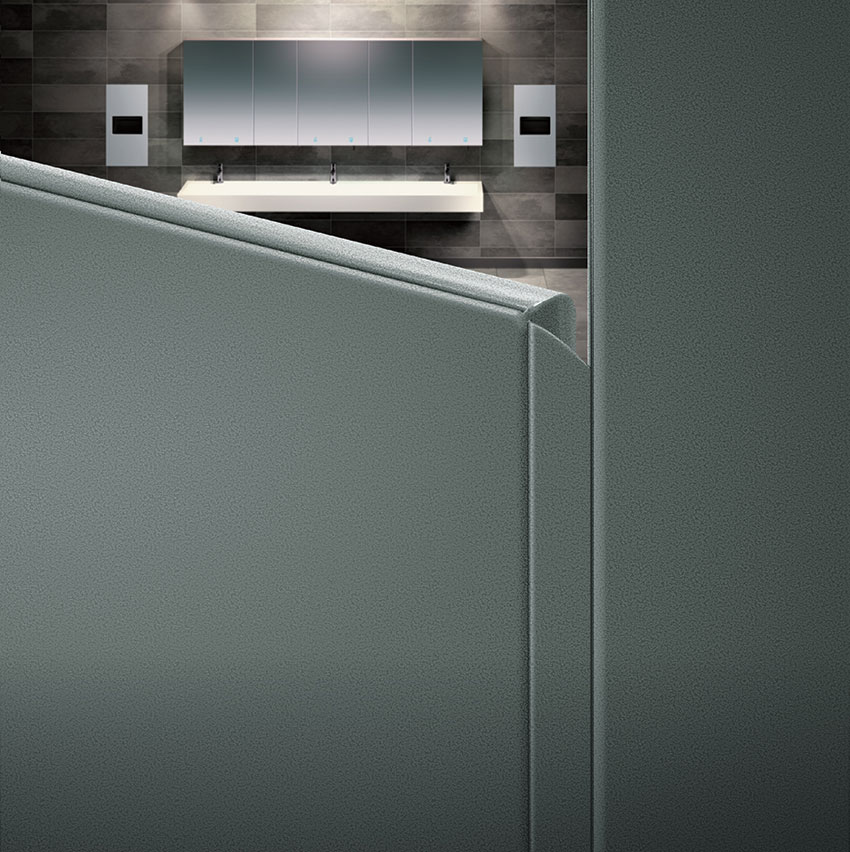
www.asi-accuratepartitions.com/privacy
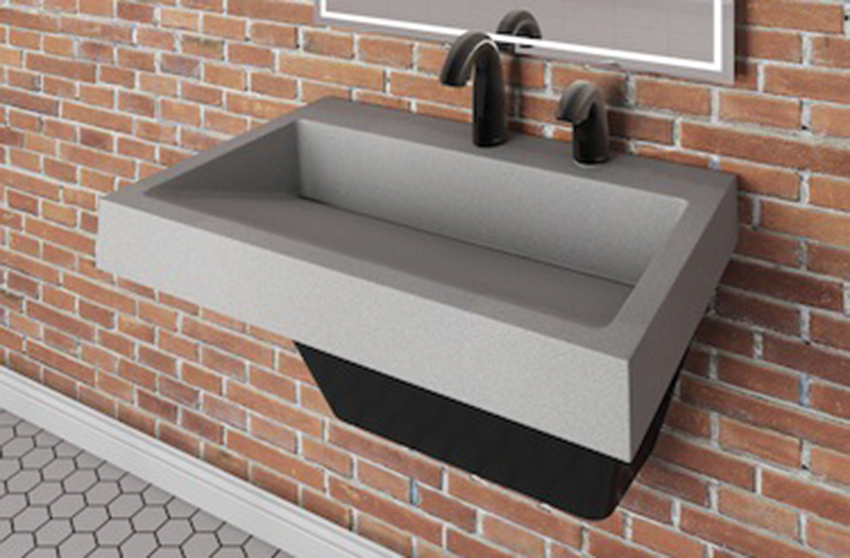
www.bradleycorp.com
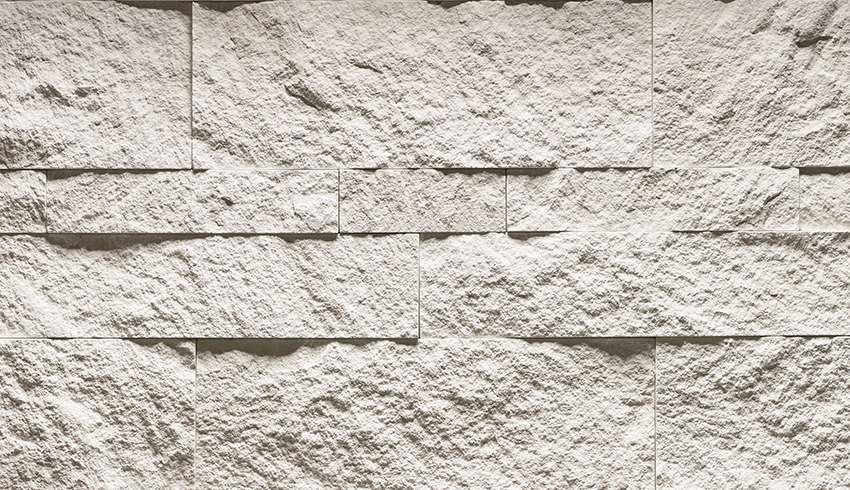
www.culturedstone.com
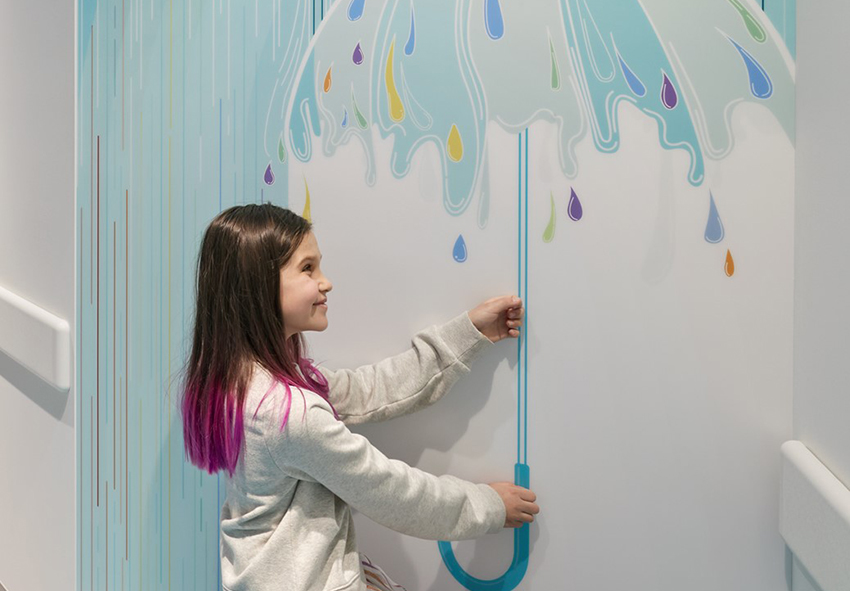
www.inpro.com

www.tamlyn.com
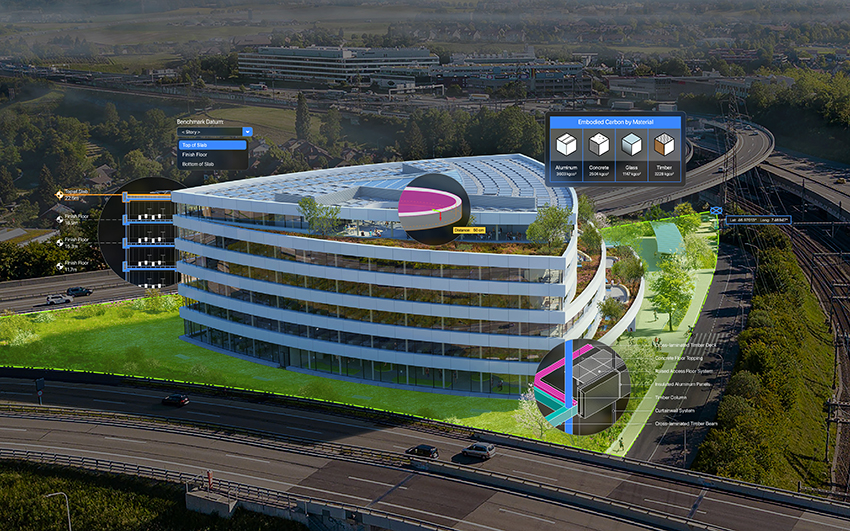
www.vectorworks.net/architect









